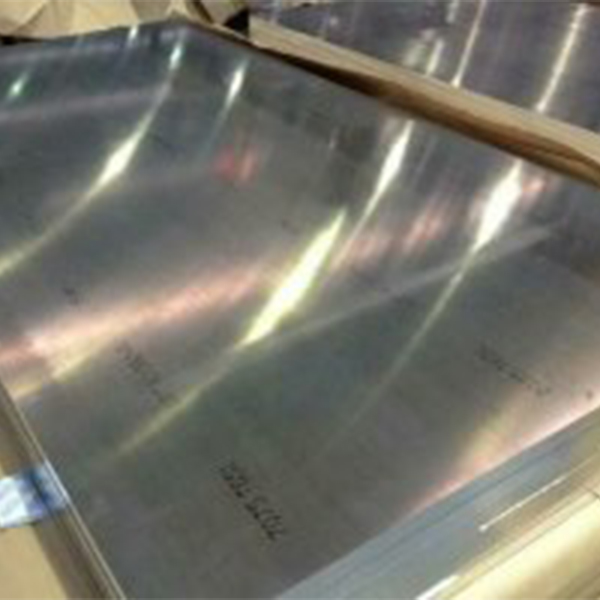VichienPetchmaie / iStock / Getty Images Plus
Welding aluminum using gas metal arc welding (GMAW) is gaining popularity because it’s versatile, efficient, recyclable, and produces strong, clean welds. Aerospace, automotive, shipbuilding, manufacturing, and energy sectors need skilled aluminum welders—and they need them now. Aluminum 6061

Knowing when and how to use the pulse setting is a start, given aluminum’s high thermal conductivity and susceptibility to distortion. Pulse involves alternating between high-current pulses and low-current background settings. Pulse welding controls heat input, reduces distortion, and improves the overall weld quality.
Understanding the following settings will help you to dial in your machine properly:
Anyone who welds aluminum regularly knows the following, but these points are worth repeating:
Pulse settings can vary depending on material thickness, joint design, and desired bead profiles. Consult welding procedure specifications, manufacturer guidelines, and experienced welders when setting aluminum GMAW pulse parameters
The Welder, formerly known as Practical Welding Today, is a showcase of the real people who make the products we use and work with every day. This magazine has served the welding community in North America well for more than 20 years.
Industrial Systems and Manufacturing Instructor
See More by Gina Cutts
Easily access valuable industry resources now with full access to the digital edition of The Fabricator.
Easily access valuable industry resources now with full access to the digital edition of The Welder.
Easily access valuable industry resources now with full access to the digital edition of The Tube & Pipe Journal.
Easily access valuable industry resources now with full access to the digital edition of The Fabricator en Español.
Shanen Aranmor says she was once described as a life coach under a welding helmet. She's taken that...
© 2023 FMA Communications, Inc. All rights reserved.

Aluminum Framing Extrusion Not yet registered? Sign up